A Cautious Step Forward
Uncertainty surrounding the political climate led to a softening in retail investment toward the end of last year, and so far, 2017 is not much better.
By Amanda Marsh
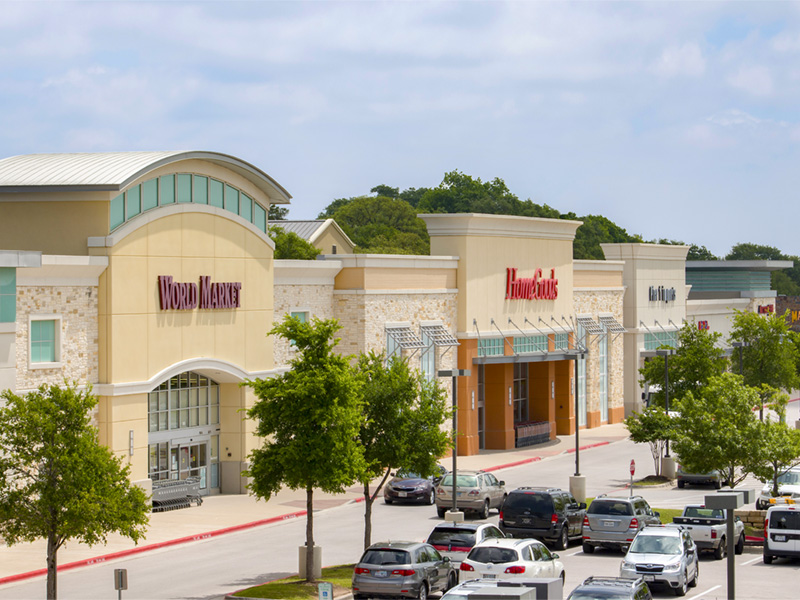
InvenTrust’s The Shops at the Galleria in Bee Cave, Texas, near Austin, totals 537,000 square feet and draws from a trade area of nearly 100,000 households with an average income of more than $141,000. Located on State Highway 71, it is shadow-anchored by Lowe’s and includes Best Buy, HomeGoods, Marshalls, Michael’s and PetSmart.
Uncertainty surrounding the political climate led to a softening in retail investment toward the end of last year, and so far, 2017 is not much better. The year’s investment activity got off to a shaky start, with investment sales experts at odds as to whether the situation will improve.
“We predict that 2017 will be very active on the investment side, given that many 10-year loans from the previous boom mature this year,” declared Anthony Blanco, director of investment sales for The Shopping Centers Group.
InvenTrust Properties Corp. CFO & chief investment officer Michael Podboy takes a more tempered view. He anticipates overall transaction volume will be flat to down in 2017, despite a higher volume of investment opportunities than currently in the marketplace. However, he thinks sellers will see the long end of the yield curve and re-enter the market.
“The sellers have been taking a wait-and-see approach versus flooding the market,” noted Margaret Caldwell, a managing director in JLL’s Capital Markets Group. That’s in sharp contrast to the anticipated extremely busy start to the year.

Michael Podboy, InvenTrust Properties Corp., CFO & Chief Investment Officer
Preliminary numbers from JLL show that 2016’s total retail transaction volume was $65.6 billion, and despite transaction volume being down slightly in the beginning of 2017, the firm anticipates strong liquidity in desirable retail product throughout 2017.
Meanwhile, however, a number of notable big-box retailers have continued to close stores, driving continued uncertainty, pointed out SRS Real Estate Partners senior vice president Pierce Mayson. He also expressed concern about how the recent increase in interest rates will impact the retail real estate market.
As usual, though, there are positive sides to both circumstances: GBT Realty Corp. CFO Geren Moor observed that while increased interest rates may slow the pace somewhat, it means the market won’t get overheated—good for retail in the long term. And Blanco, who represents a center in which two notable retailers—hhgregg and Family Christian Store—are closing, pointed out that because the property is dominant in its market, the closings present an opportunity to bring in tenants that drive more traffic at equal or higher rents. SRS also has buyer clients seeking properties with boxes that can be backfilled, Mayson said.
The institutional offload
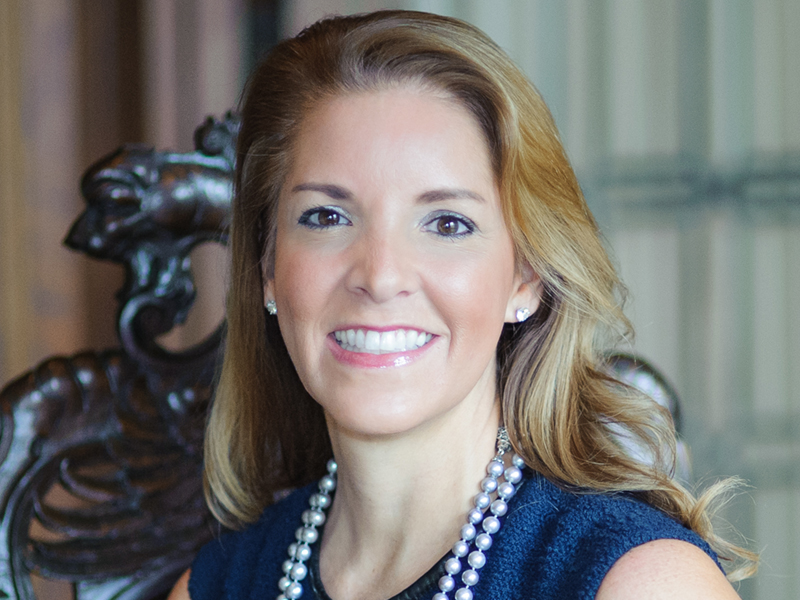
Margaret Caldwell, JLL’s Capital Markets Group, Managing Director
Properties going to market have a common theme: Most are quality assets in secondary and tertiary markets or Class B properties in primary markets, according to Caldwell. Investors seeking core product aren’t as lucky, though: There is an extremely limited supply of trophy assets available relative to demand.
“Investors aren’t undertaking full overhauls of their portfolios, although there has been a continued focus on trimming properties that are not a fit,” Blanco said. “Quality over quantity has been the message since the recession.”
The culling is creating opportunities for investors like GBT with value-add acquisition platforms, particularly in secondary cities, Moor noted. This is further bolstered by publicly traded REITs leaving these markets because Wall Street wants them to focus on primary markets.
Institutional owners will likely continue to siphon off the bottom tier of their assets throughout the year and recycle the capital into more core opportunities, particularly high-quality, irreplaceable retail assets, Mayson said.
The year of the grocery anchor?
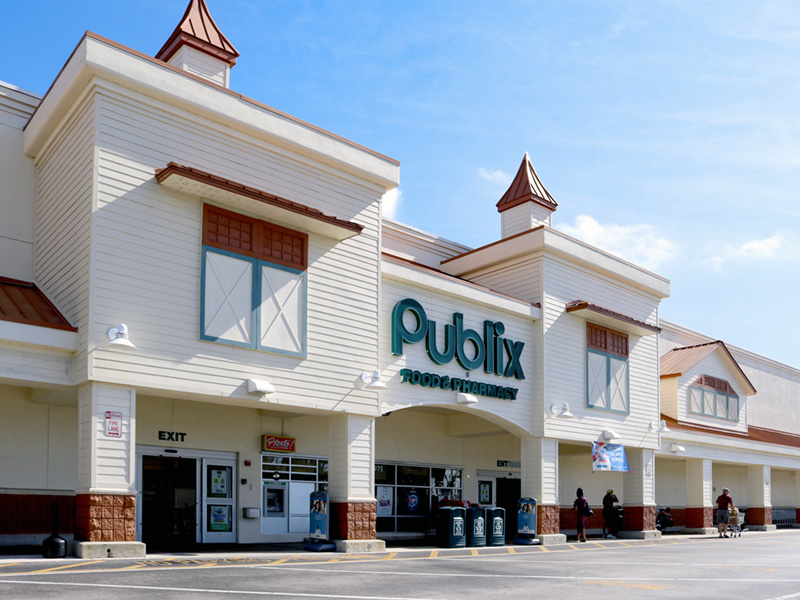
The Shopping Center Group expects Northbay Commerce Center, a 97,742-square-foot Publix-anchored shopping center in Tampa, to receive substantial attention from investors when it goes to market.
Move over, rooster—2017 may be the year of the grocery-anchored center. A large swath of investors is chasing the asset class due to the traffic generated by supermarkets and the overall impression that they are safer places to park capital. Properties in primary markets find themselves with a huge list of interested investors, Caldwell noted, including institutions and publicly traded REITs. In the suburbs, that list whittles down to private buyers and public and private REITs.
Caldwell’s team is selling a grocery-anchored property in the Atlanta suburbs that has attracted significant interest from more than 100 investors, whereas last year it may have received just 80 inquiries, she said. And SCG is preparing to bring to market a Publix-anchored shopping center in Tampa called Northbay Commerce Center; Blanco expects that property to receive substantial attention, as well.
But investors want power centers, too. Overall, capital is focused on well-located properties that will survive changes in the retail landscape, according to Caldwell. Investors remain concerned about retailers filing for bankruptcy protection or closing stores, and cap rates have increased to account for this type of retailer risk, primarily in malls and some power centers.
“We do not think these retailer issues are driven by less consumer spending, but instead as a result of tired retail concepts that are not meeting the demands of today’s shoppers,” she pointed out.
Despite the increased risk, investors still want power centers, as the 150-basis-point cap-rate spread between grocery-anchored and power centers is enough to entice them, Blanco said. They are particularly attracted to properties with fitness, entertainment and medical tenants.
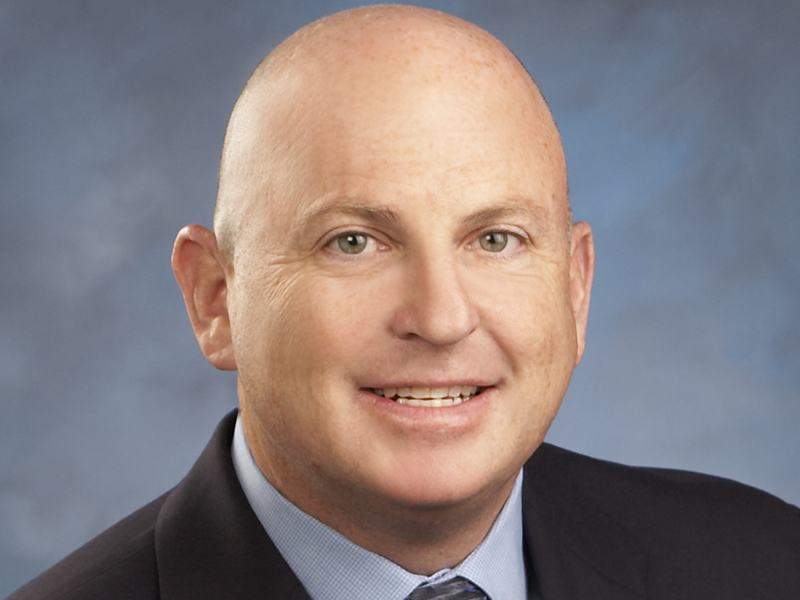
Todd Siegel, Passco Cos., Retail Vice President
Passco Cos. is not a big fan of commodity retail and seeks Internet-resilient mixes of experience plus personal and medical services, according to retail vice president Todd Siegel. The company is in the process of acquiring a grocery-anchored center in Corona, Calif., and plans to re-tenant with quick-serve eateries, upper-end hair and nail salons, and personal and medical uses.
He noted that there is still some caution about power centers in secondary and tertiary markets due to increased exposure to larger tenants—some of which are reconfiguring store sizes and adapting to omnichannel models. While the Internet still accounts for just a small portion of retail sales, its growth is faster than that in brick-and-mortar stores, and it has decimated some categories, including clothing, books, office supplies and sporting goods, he said. (The U.S. Department of Commerce noted that e-commerce accounted for 8.1 percent of sales in 2016, an increase of 15.1 percent, while total retail sales volume grew 2.9 percent year-over-year.
“In some cases, this means smaller stores,” Siegel said. “Furthermore, power center tenants are typically tied together through co-tenancy clauses, and the loss of one tenant could trigger reduced rent periods from others.”
While financing is strong for shopping centers, it remains extremely challenging for malls anchored by the likes of beleaguered JC Penney and Sears, as well as stores that depend on their co-tenancy, Caldwell said. Lenders are reluctant to refinance malls with low store sales unless there’s an opportunity to reposition through the addition of different uses, such as multifamily, or conversion to an open-air center.
Investors’ punch lists
Investors Blanco is watching seem most interested in local market dynamics—such as stable employment and positive demographic shifts, as well as whether the area’s retail is expanding or contracting. InvenTrust is principally focused on the Sunbelt region, in particular 18-hour cities like Raleigh, Austin and Dallas that tend to have solid demographics, strong growth projections, and a better mix of affordable housing and positive employment trends, particularly in areas related to STEM, Podboy said.
For instance, InvenTrust’s The Shops at the Galleria near Austin, which it acquired last year, is buttressed by a strong trade area with jobs in technology, while its recent purchase of the Safeway-anchored The Shops at Germantown Town Center in Maryland is in a desirable, high-growth area, he said.
Passco, which is mainly focused on retail centers below $20 million, particularly in Southern California and the Southwest, also considers the length and strength of shopping center tenants’ income streams, as well as the potential to increase rents.
And most of SRS’s buyers are heavily weighing elements like capital expenditures when evaluating opportunities, Mayson said—think roof condition and age, HVAC and parking lot condition.
Originally appearing in the May 2017 issue of CPE.

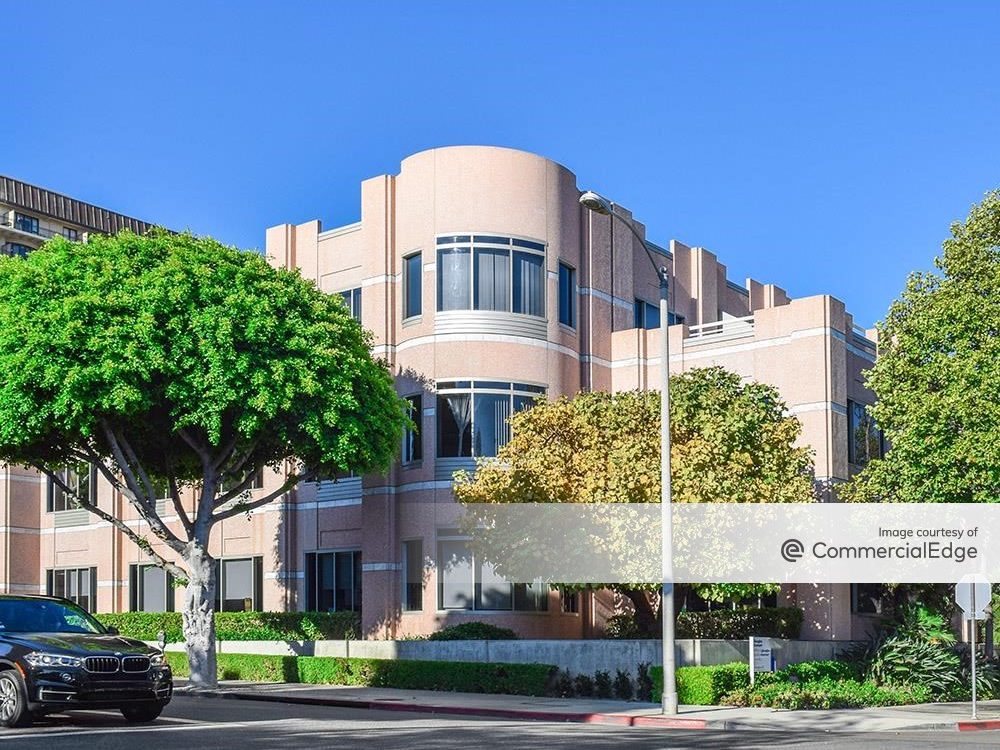



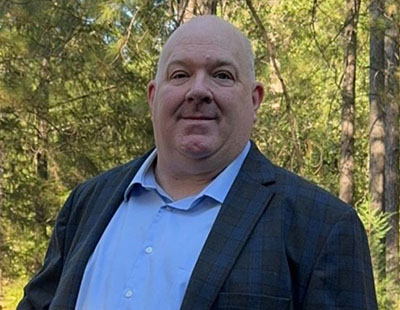
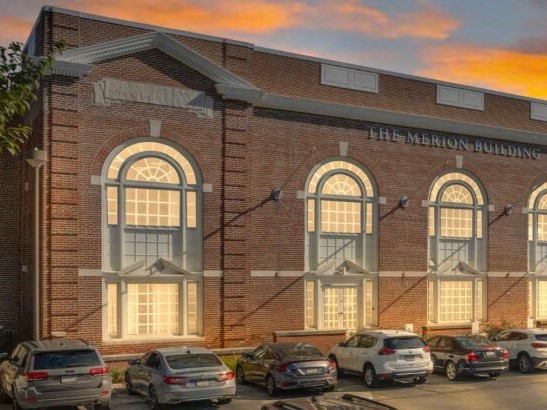
You must be logged in to post a comment.